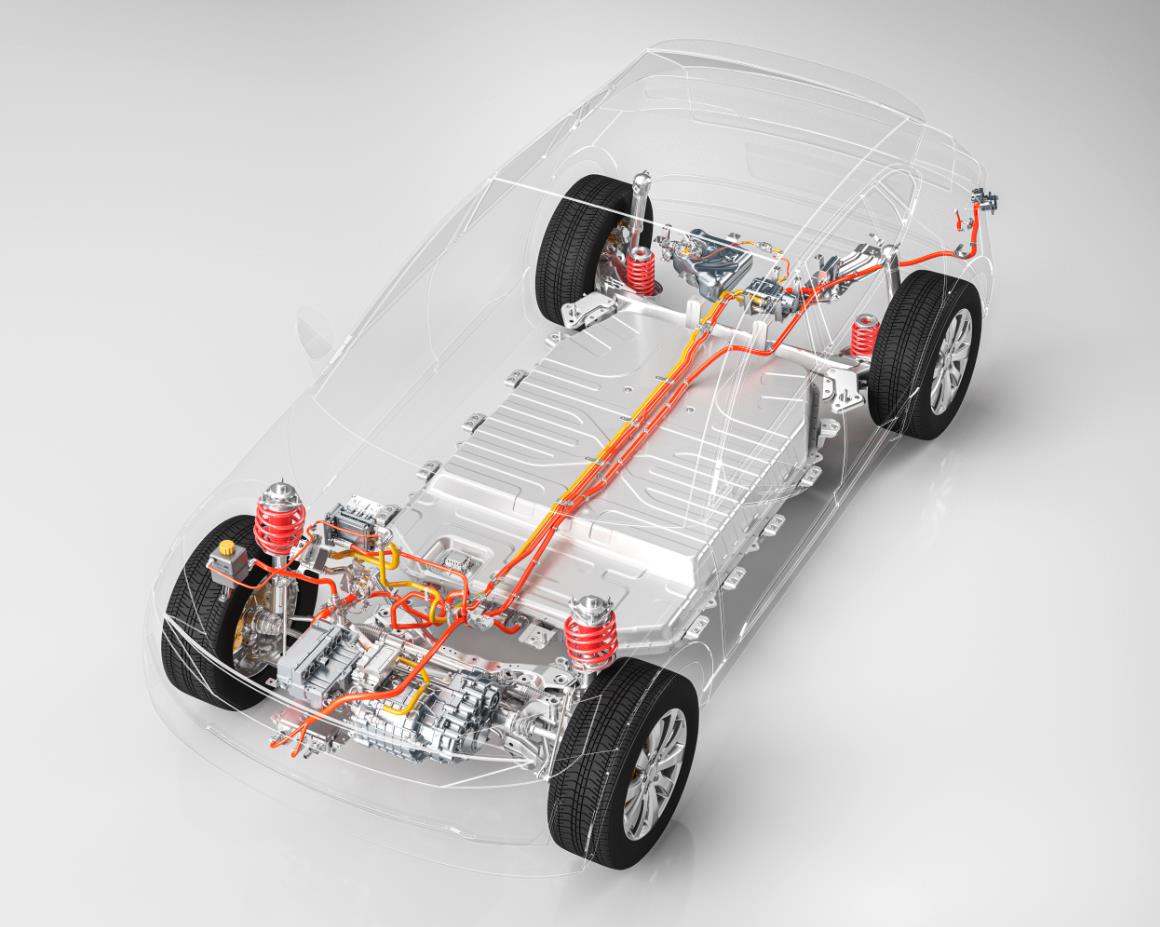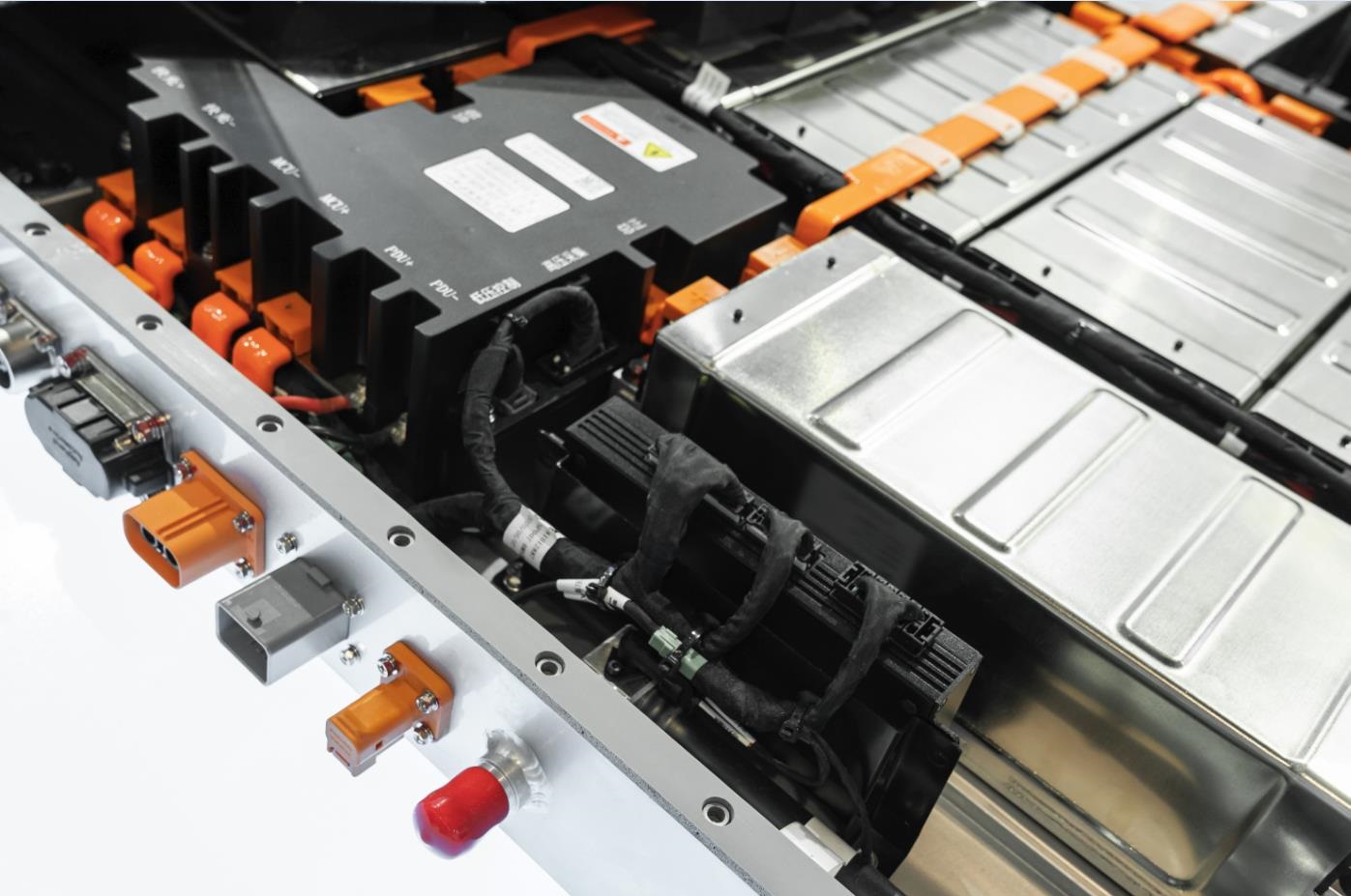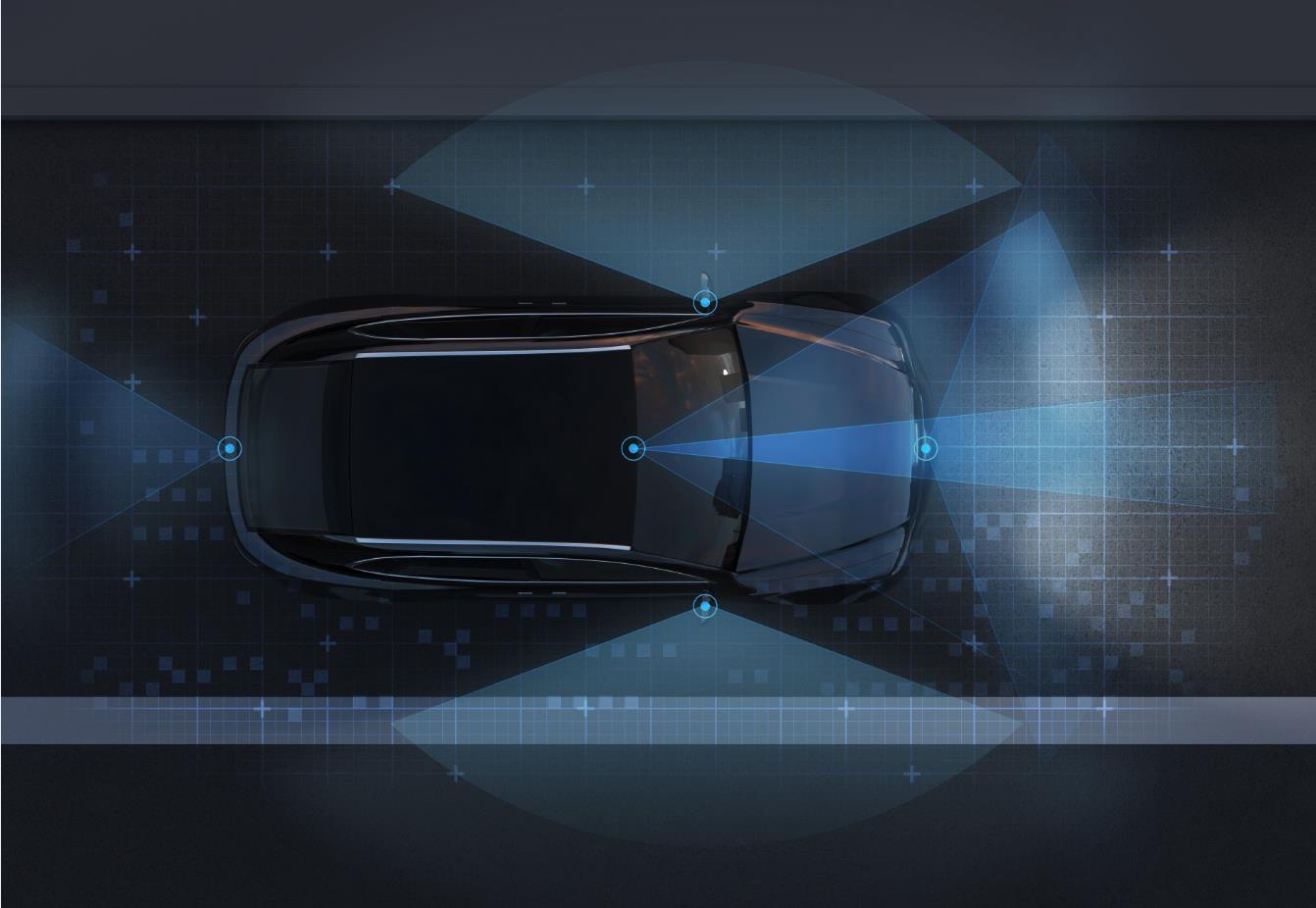-
PRODUCTS
-
APPLICATIONS
- design support
-
TECHNOLOGY
-
Quality & Reliability
- Quality Policy
- Quality System
- Qualification Summary
- Reliability Report
- Reliability Stress Model
- Ongoing Reliability Monitoring
- Reliability Testing Facilities
- Failure Analysis Laboratory
- Certifications
- Management Of Hazardous Substances
- WHERE TO BUY
- Investor Relations
-
ABOUT US
- Company
- Citizenship
- EHS Management
- Partners
- Investors
- News & Events
- Career
- Suzhou Fab video
- Zhuhai Fab video
Application
Automotive
-

On-Board Charge (OBC)
OBC is the core component of electric vehicles as it converters the AC current coming from the grid into DC voltage that is needed to charge the battery. The OBC efficiency has a significant impact on the charging speed of the electric vehicle: an OBC with higher efficiency results in an overall reduction of the charging time. Next to this, there is a need to increase the overall power density of OBC systems, as this means smaller and lighter systems, which has lower impact on the total weight of the vehicle (i.e. longer range). Automotive companies have already realized that the efficiency and power density of OBCs made with traditional Silicon power device have reached the upper limit. Thanks to the inherent property of InnoGaNTM device, such as small parasitic capacitance, fast switching speed, high frequency capabilities and small static and dynamic losses, it is possible to make OBC systems more efficient. Moreover, by operating the OBC system at higher switching frequency, it is possible to shrink the passive components and thus obtain more compact and lighter systems. To add on this, the higher frequency operation would also enable the usage of small and reliable ceramic capacitors (instead of conventional and bulky electrolytic capacitors more prone to failure).
Solution topology view
-

48V Power System
Cars are offering more and more interactive functions, displays, sensors etc.. to their users. Therefore, there are more and more electronic devices to be powered inside the car and this demands for an efficient power distribution system. For this reason, the automotive industry is switching from 12V bus to a more efficient 48 V bus power distribution. The 48V system is mainly composed of three parts: 48V battery pack, Belt-Driven Starter Generator (BSG) motor, and 12V/48V bidirectional DC-DC converter. The 48V power system supplies power to the on-board system and, at the same time, it is used for the automatic start and stop functions of the vehicle. The 48V power system is also responsible for the kinetic energy recovery function. Such 48V power distribution system requires highly efficient, compact and lightweight 48V DC-DC converter. Thanks to the excellent switching characteristics and high frequency capabilities of InnoGaNTM , which is at least a factor 2 higher than Silicon, it is possible to make 48V DC-DC converters smaller and lighter, by shrining the passive components, as well as to make them more efficient by reducing the loss related to inductors. This is combined with the low static and dynamic losses of InnoGaNTM devices, which result in an overall lower loss of the whole 48V converter. Moreover, by switching at high frequency, it is possible to move from conventional electrolytic capacitors to smaller and more reliable ceramic capacitors that make the overall 48V power system more reliable.
Solution topology view
-

Battery Management System (BMS)
Nowadays, the Lithium-Ion batteries are widely used thanks to their high power density. Unfortunately, however, the Lithium-Ion batteries are also unstable when the batteries work at critical conditions such as over-charging/discharging, high/low Temperatures, over-current/voltage etc.. Therefore, the BMS is normally equipped with a battery protection unit (BPU) that disconnects the battery from the charger or load when the system sense abnormal state. The BPU usually is formed by two back-to-back Silicon NMOS (common source or common drain) for charging and discharging. Thanks to the fact that InnoGaNTM devices do not have a body diode, it is easy to replace the two NMOS by one InnoGaNTM , which has overall lower static and dynamic losses. This saves in costs and makes the system overall simpler, more reliable and efficient.
Solution topology view.png)
-

Time-of-flight (ToF)
The resolution and measure distance in LIDAR systems based on Time-of-flight (ToF) is determined by the laser driver of the system. InnoGaNTM transistors are today used in ToF applications to drive the laser as they provide simultaneously higher current (i.e. longer measure distance) and narrower pulse width (i.e. higher resolution) compared to traditional Silicon technology. Therefore, Innoscience’s GaN Technology with smaller area cost and higher performance is a better choice for ToF system.
Solution topology view.png)

 English
English
 简体
简体
